Allotments provide the space to grow a wide range of crops for year-round harvests.
THE HALF-HOUR PRINCIPLE
The half-hour allotment principle outlined in this book was dreamt up by Will Sibley, a nurseryman and allotment holder. Despite the fact that he is constantly on the go, his plot is well ordered and perfectly manicured, and meets a good proportion of his familys fruit and vegetable needs. He has worked out a way to maintain this vision of productivity on half an hours work a day, with weekends off. The aim of this book is to tap into this system and show you how to do the same.
Will saw that most new allotmenteers take as their role models those plot holders who spend half their lives on their plot. What they fail to see is that for these people their allotment is a way of life. Those of us who cannot put in the same amount of time should certainly not feel inferior. The reality is that when they arrive each day they stand around and have a chat with a neighbour, then stroll around the plot scratching their chins for a bit, before considering their days tasks. Hours are wasted.
Will Sibley would not call himself a keen gardener so much as a keen eater. He came up with his system because he likes eating good, fresh food, but he didnt want to give up half his life and all his leisure time in order to get it. His experience as a nurseryman gave him the knowledge to do the right things at the right times, and to work with the soil and the seasons. So he set himself parameters, and devised a system that would work for him, and others: people who do not have time to potter, but who like to eat delicious, fresh vegetables.
He thought that there should be a basic minimum return for his investment. The rules went as follows: he would work on the allotment for a maximum of two and a half hours a week, and the allotment would provide a salad and some other green vegetable for his family every day of the year. You may appreciate just how fantastically welcome a plateful of something fresh is in the depths of winter.
Salad crops such as a mixture of colourful lettuce varieties are among the easiest crops to grow.
So how do you put the system into practice? First and foremost the half-hour principle is about persistence. The best way to keep on top of all the many jobs is to be there regularly. You will need to spend two and a half hours every week at your plot, but this time is really best divided into five half-hour visits, one on each weekday, or into two hour-and-a-quarter visits over two days. Most people can just about manage half an hour of digging. Regular, daily visits also keep you wonderfully in touch with your plot and a constant presence will help you spot when things need watering, when pests are attacking and the moment when crops are ripe.
Secondly, it is about organization. Ideally you should spend a few minutes at the end of each visit planning your next, but if that is too far a stretch, make a quick tour of the allotment when you first arrive, plan your work in your mind and then get straight down to it. Even better is to break your half hour down into ten-minute chunks you might measure out 1 sq m (11 sq ft) of soil that needs digging over, sow a small row of carrots and then hoe the weeds under your gooseberry bushes. It doesnt matter that there is still 29 sq m (312 sq ft) of soil to dig, that you havent sown your lettuces and that weeds are springing up under your apple tree and loganberries: youll be back tomorrow, and the next day. This way of thinking will become second nature.
In a nutshell
The half-hour principle allows you to spend five half hours on the allotment to produce salad and green vegetables every day of the year. Visit each weekday for half an hour or twice a week for 75 minutes.


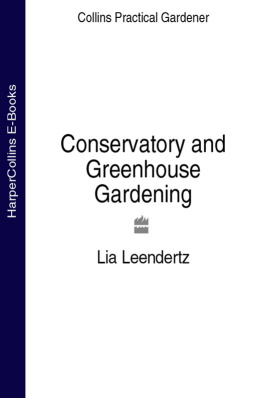
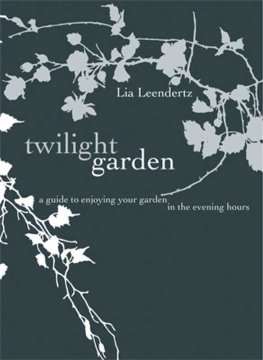
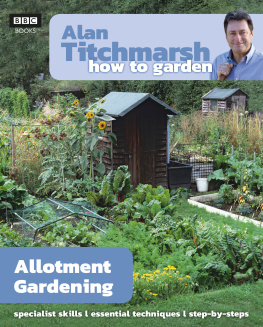



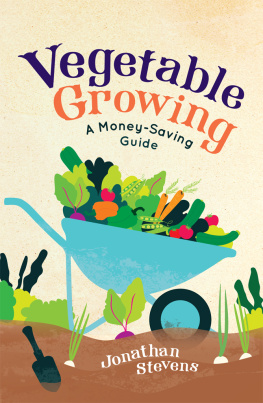
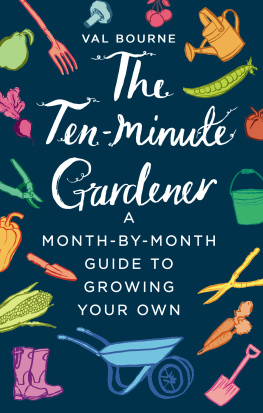
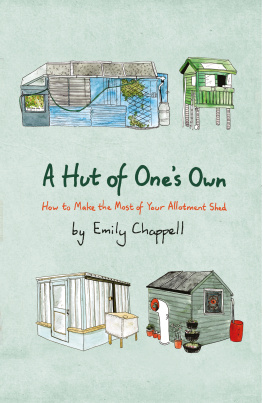



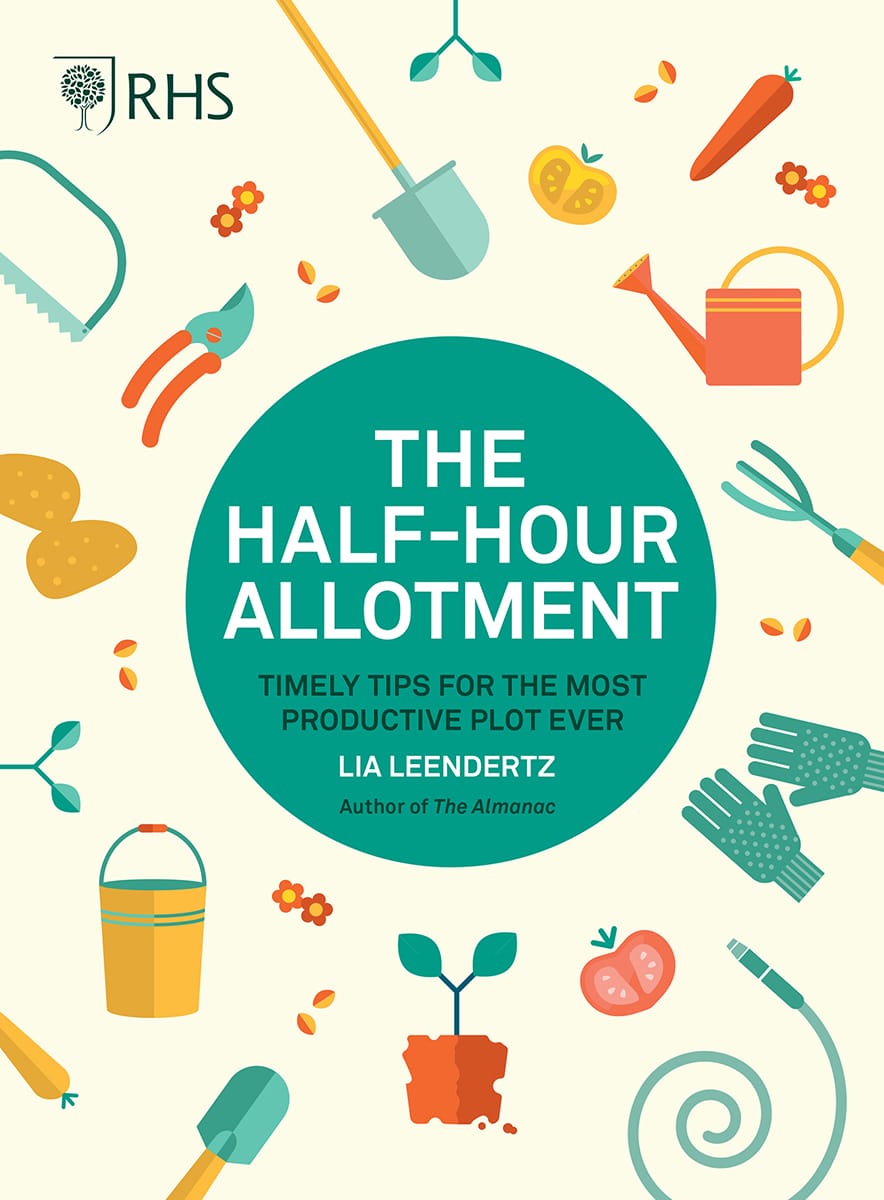

 ROYAL HORTICULTURAL SOCIETY
ROYAL HORTICULTURAL SOCIETY




